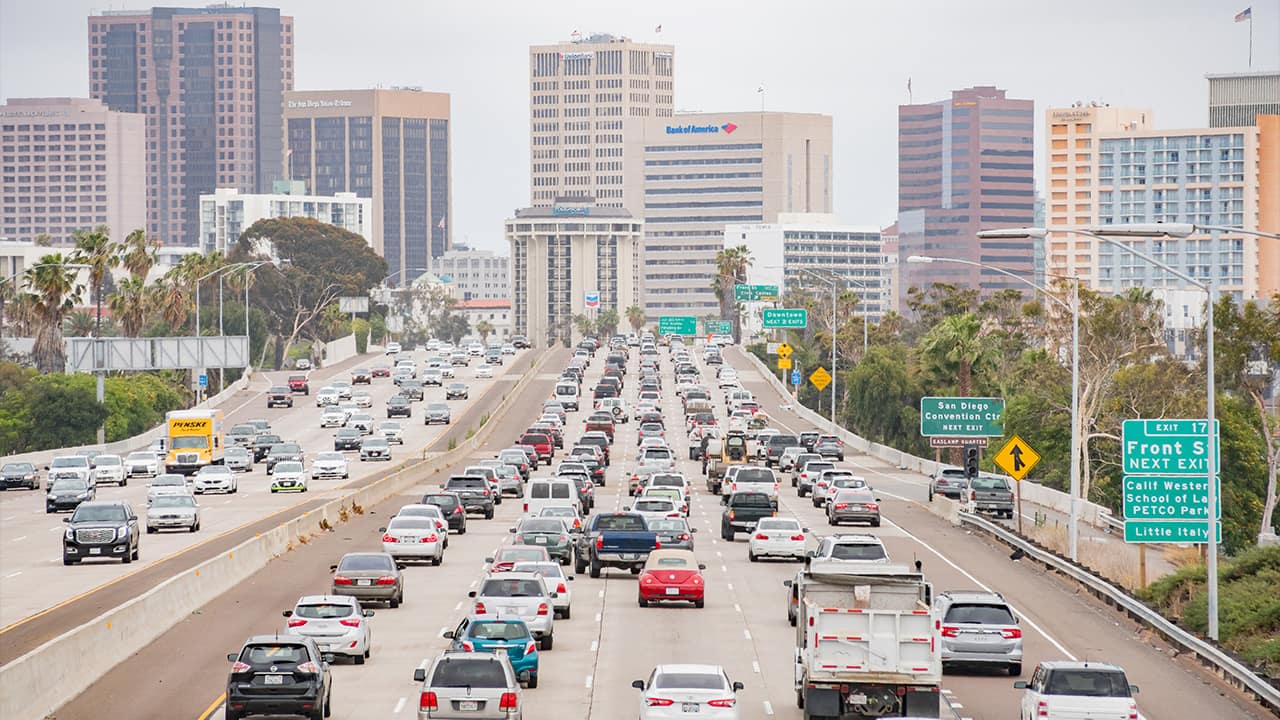Published
5 years agoon

For the last decade, California has waged a crusade to reduce emissions of carbon dioxide and other gases in the name of fighting climate change.
The state has set specific reduction goals, and spent many billions of dollars, in both taxes and added consumer costs, to achieve them.

Sales of ZEVs are weak and transit ridership is actually declining despite big and very expensive expansions of service.
Two executive orders issued by former Gov. Jerry Brown set goals of having 1.5 million ZEVs on the road by 2025 and 5 million by 2030. Even were the 5 million goal were to be met, however, ZEVs would account for fewer than 20% of the state’s cars.
The state counts both electricity-only ZEVs and hybrids such as the Prius toward its goals but even so, is falling very short. In the last 10 years and with another 10 years remaining until 2030, total ZEV and hybrid sales have reached just 13.4% of the goal, and true ZEVs are just 7.6%.
Moreover, 2019 saw sales decline, according to the California New Car Dealers Association, dropping to just 12.6% of the market in the fourth quarter of the year, down two percentage points from 2018.
As hydrocarbon-powered automotive traffic climbs, transit supplies less than 10% of Californians’ transportation and appears to be declining.
A 2018 report by UCLA’s Institute of Transportation Studies reveals that despite adding more than 530 miles of commuter rail in the Southern California region, transit agencies have seen steady declines in ridership since reaching a peak in 1985.
“Driving is relatively easy, while moving around by means other than driving is not. These circumstances give people strong economic and social incentives to acquire cars, and — once they have cars — to drive more and ride transit less,” the UCLA report concluded.
Ditto in the San Francisco Bay Area.
“Public transit ridership has been falling nationally and in California since 2014,” a UCLA report issued just last week revealed. “The San Francisco Bay Area, with the state’s highest rates of transit use, had until recently resisted those trends, especially compared to Greater Los Angeles. However, in 2017 and 2018 the region lost over 5% (27 million) of its annual riders, despite a booming economy and service increases.”


Congress Takes Aim at Climate Change in Massive Relief Bill


Opinion: Don’t Fall for Fossil Fuel Propaganda


Opinion: Agencies Should Follow CARB’s Leadership on Emissions From Gas Appliances


US Formally Exits Paris Pact Aiming to Curb Climate Change


Earth Breaks September Heat Record, May Reach Warmest Year


Hurricane Sally Slows, Gathering a Deluge for the Gulf Coast





Rachel Brandon
March 2, 2020 at 4:40 pm
Until the cost of mass transit and ZEV vehicles are lower than people’s current mode of transportation, there will be no change. The alternatives must be more attractive than what they are doing now. Government agencies must provide outreach and education that motivate behavioral change, and that is not an easy thing to do. We have been addicted to our personal automobiles, signifying independence and mobility. We even have the phrase “upward mobility.” Using mass transit seems like a downgrade even by its name. Who wants to be a member of the “masses” when they can feel independent and unconstrained by transit schedules and connections.